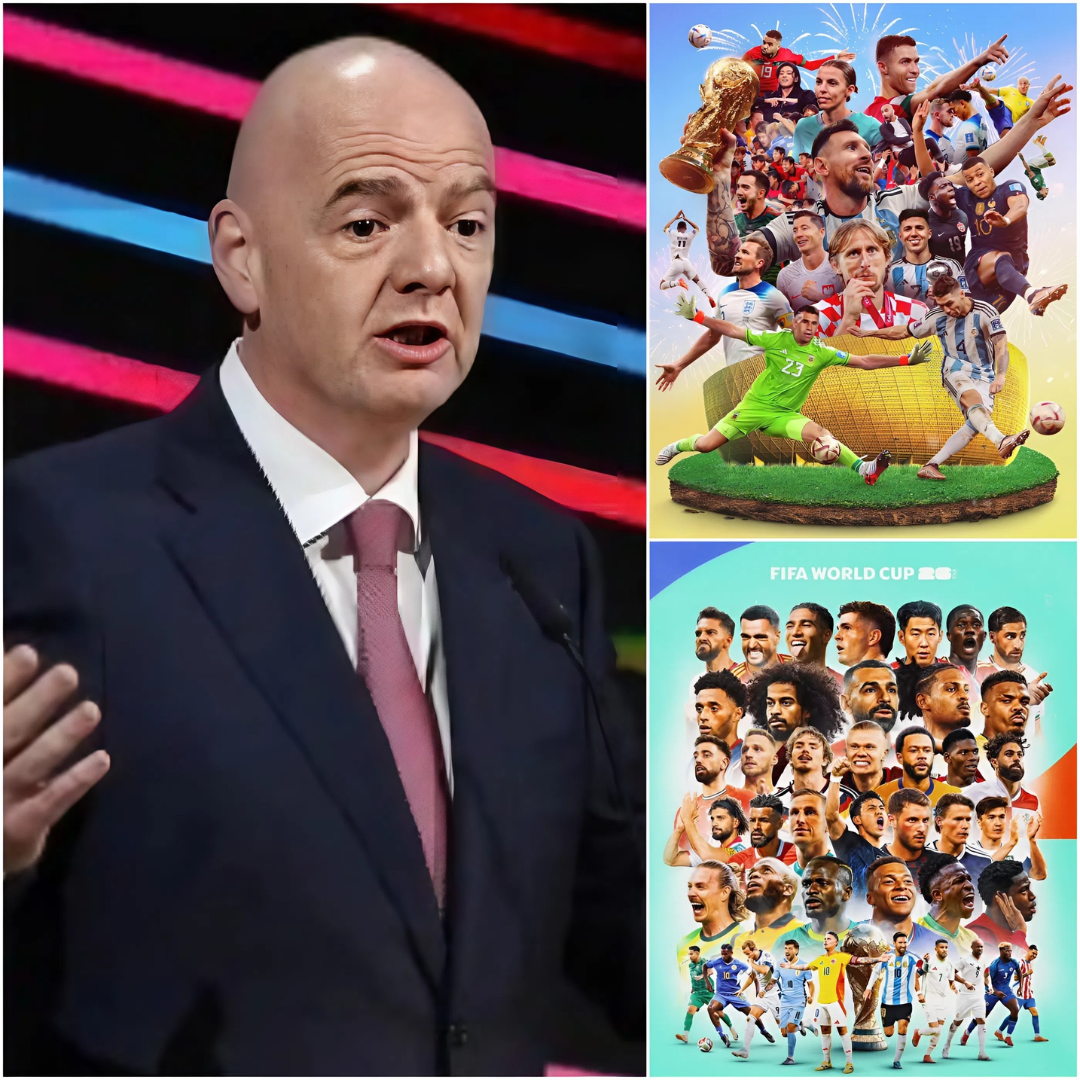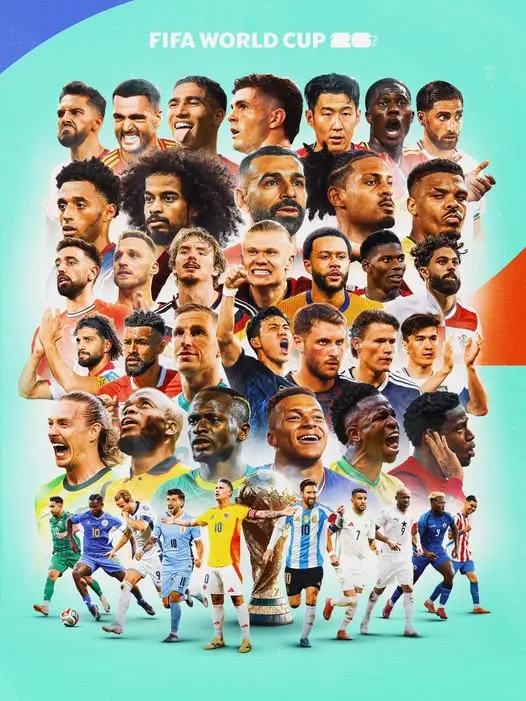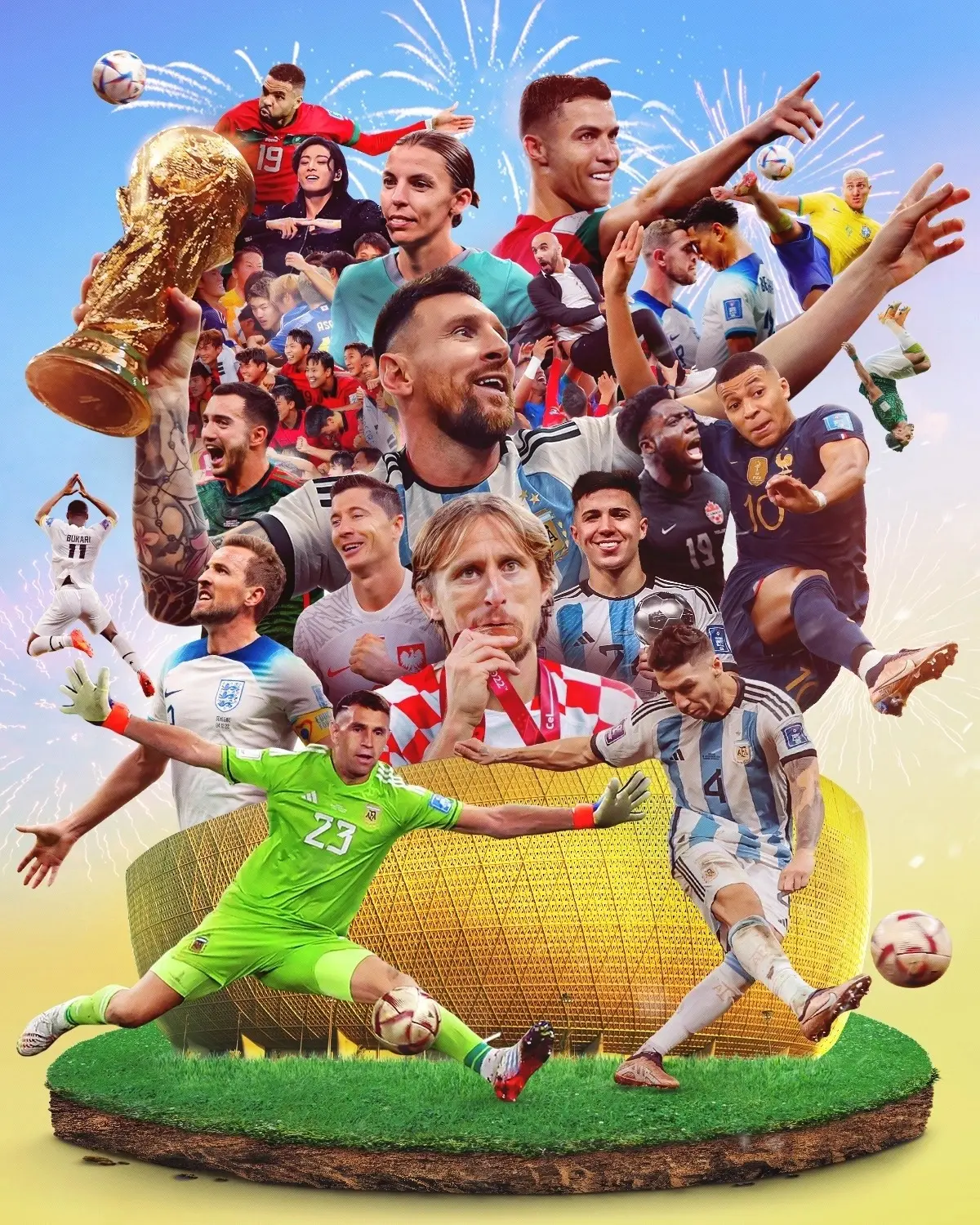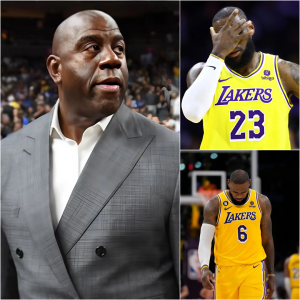BREAKING NEWS — Infantino Reveals the Hidden Reason Behind the 2026 World Cup Promotional Image Shake-Up

In a stunning turn of events that has sent shockwaves through the global football community, FIFA President Gianni Infantino has officially explained why the organization abruptly changed the promotional image for the 2026 World Cup. While early speculation centered around global icons Lionel Messi and Cristiano Ronaldo, Infantino has now confirmed that the real reason was tied to a completely different Argentine star—one whose influence within the national team has reached unprecedented heights.
The decision, which initially appeared to be a routine branding update, quickly ignited massive debate online. Fans questioned why Messi, the greatest player of his generation and reigning World Cup champion, had not been featured as prominently as expected. Others wondered whether Cristiano Ronaldo, still one of the sport’s biggest global faces, had been deliberately sidelined. But according to Infantino, neither Messi nor Ronaldo was the catalyst.

“The truth is much simpler—and far more important for the future of world football,” Infantino stated during a closed-door media briefing in Zurich earlier this week. “The new promotional image reflects the rise of a new generation. And among them, one Argentine player represents the direction this sport is moving toward.”
Though Infantino did not initially mention the player by name, FIFA insiders later confirmed that the figure referenced was Enzo Fernández, the young Argentine midfield sensation whose performances for both club and country have positioned him as one of football’s fastest-rising stars. According to internal FIFA reports, Fernández has become one of the most-searched active players across multiple markets, making him a pivotal figure in football’s expanding global identity heading into the 2026 World Cup.
Sources close to FIFA’s marketing division revealed that the organization has been tracking global engagement patterns for years, and the data shows a major shift: younger fans are increasingly gravitating toward the new generation of stars, particularly those who shone on the biggest stage in Qatar. Fernández, who played a vital role in Argentina’s triumphant 2022 campaign, has become a standout symbol of that new wave.
One senior marketing executive explained the decision as “strategic modernization.”

“We knew the 2026 World Cup would be different—bigger, more global, and with deeper fan participation than ever. To portray that properly, we needed a face that spoke to the next era, not the last. Messi and Ronaldo defined two decades of football. But this tournament belongs to the players who will dominate the next two.”
This revelation has sparked a fresh wave of debate. Many fans argue that Messi, having lifted the World Cup merely a few years ago, should naturally be the central figure in any promotional material. Others point out that Ronaldo remains one of the world’s most popular athletes, regardless of age. But FIFA officials insist the choice was not a rejection of either legend. Instead, it reflects a deliberate strategy to highlight emerging icons and “future-proof” the sport’s global branding.
Interestingly, Infantino also emphasized that the decision was not solely based on talent or popularity. He noted that Fernández symbolizes a broader narrative: renewal, determination, and the evolution of modern football values. “What he represents—resilience, humility, and the drive to define a new era—is exactly what we want the 2026 World Cup to stand for,” he said.
Argentina’s football federation (AFA) responded positively to the news, calling it “a proud moment for the new generation of Albiceleste stars.” Manager Lionel Scaloni, who coached Fernández during the 2022 World Cup, expressed admiration for the midfielder’s rapid rise: “Enzo is not just a player, he’s a leader in the making. If FIFA sees him as a symbol of the future, then they are seeing what we see every day.”

As expected, fans took to social media in a frenzy. Argentine supporters celebrated the announcement with the same intensity they bring to match days. Some even argued that Fernández had become Messi’s natural successor in terms of global marketability—a notion that remains controversial among older fans. Supporters of rival nations, meanwhile, questioned whether FIFA’s decision represented favoritism toward Argentina, which has enjoyed a resurgence in global prominence since winning the 2022 tournament.
Marketing analysts, however, largely support FIFA’s move. Many note that global sports branding has shifted dramatically in recent years, with younger audiences favoring authenticity, relatability, and personality over legacy. Fernández’s story—from his modest beginnings in Buenos Aires to becoming a World Cup champion at just 21—embodies exactly the kind of narrative modern audiences connect with.
With the 2026 World Cup set to be the largest in history, involving 48 teams and spanning three host nations—Mexico, the United States, and Canada—FIFA appears eager to present a fresh, modern face to represent this ambitious new era. And if the early reactions are any indication, the decision to spotlight Enzo Fernández will remain one of the most talked-about marketing shifts of the football year.
For now, Infantino remains firm in his stance: “Football evolves. The World Cup evolves. And our storytelling must evolve with it. What matters is not who defined the past, but who will inspire the next generation.”
As the world counts down to 2026, one thing is certain: this surprising revelation has already reshaped the conversation—and ensured that the road to the next World Cup begins with bold, unexpected headlines.





